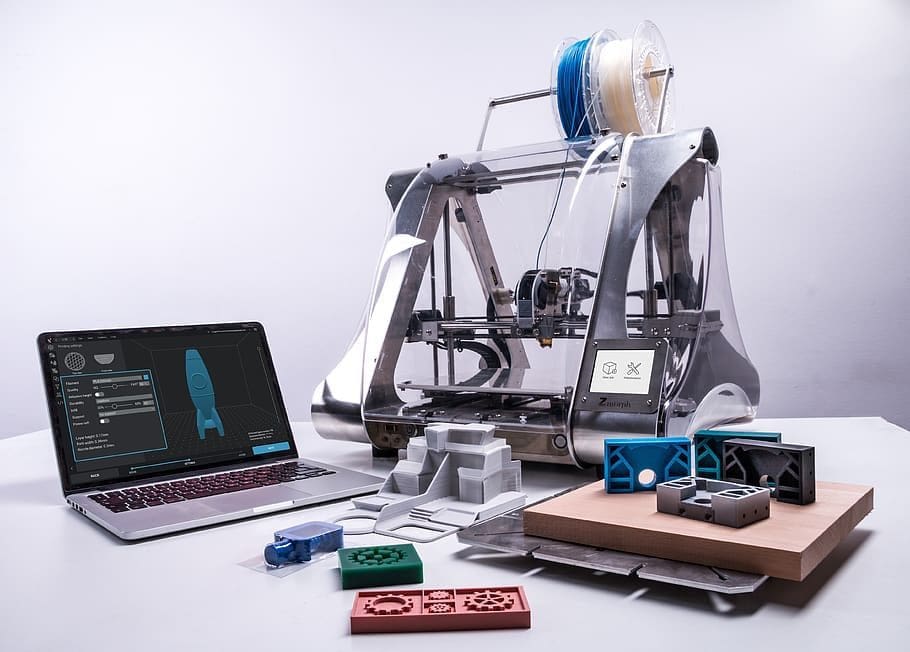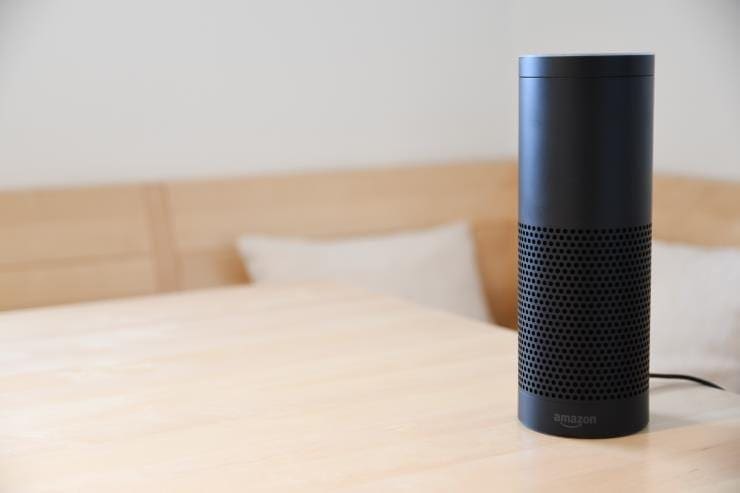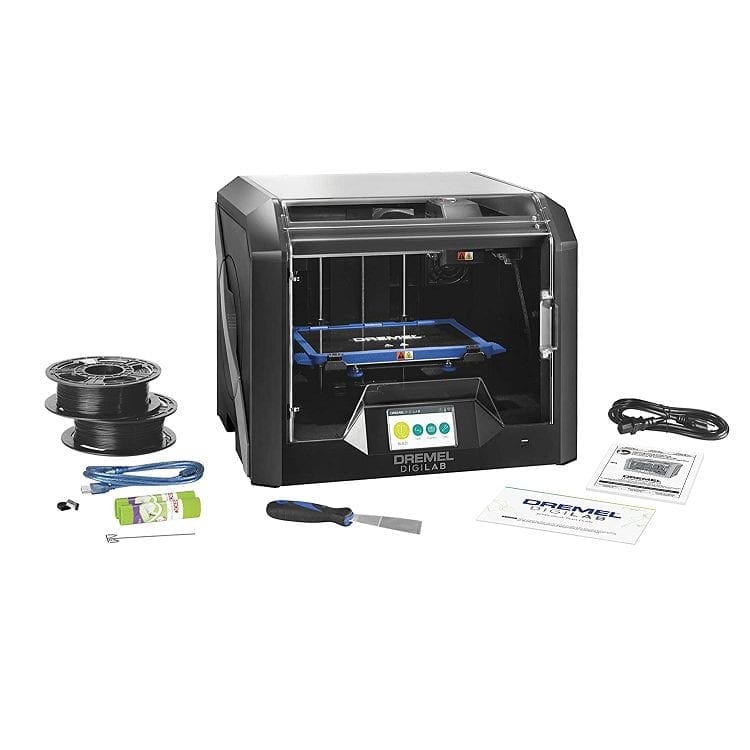3D printing is a fun and creative hobby, but not all of it is a creative process. To reliably make 3D printables with your 3D printer, you will need to perform maintenance on your 3D printer. This maintenance may need to be very specific – and potentially in-depth – to fix a specific issue. Maintenance can also be quite simple and less time-consuming.
When and How to Perform Maintenance
The exact nature of the maintenance you need to perform – and how often you need to perform it – will vary depending on the 3D printer you have. The best starting point is to review the documentation provided by the manufacturer of your printer. The manufacturer will likely be aware of the weak points in their machines and how often they need attention. Maintenance guides also provide advice specific to your printer, helping you understand the exact process that needs to be followed.
Every so often, it’s important to do full maintenance of your printer. This is generally an involved process, requiring tools, time, and potentially planning. If performed regularly enough, though, this can keep your printer operating at peak performance. It can also help you to identify and resolve long-term issues that may have been plaguing your prints.
How often you need to perform full-scale maintenance really depends on how often you use your printer. As with any machine, heavy usage will require more maintenance. For light usage, you only need to perform full maintenance once a year or so. With heavier usage, you may want to maintain your printer twice a year.
You can reduce how often you need to perform full-scale maintenance by performing regular light maintenance too. This is much more simple and generally involves checking the things that are easy to do. If you’ve got a specific issue affecting your printer, this is a good time to deal with it. This is when you want to ensure that your printer’s frame is stable and that all the moving parts are secure and taught appropriately.
Giving your printer a good clean and quick maintenance once over can prevent a minor issue from worsening and reduce the necessity of full maintenance. How often you should do this depends on how much you use the printer and the environment it’s in. A printer in a clean environment will need to be cleaned and maintained less often than one that faces a lot of dust or dirt.
Tip: Generally, if you can see that any part of your printer needs some attention, such as cleaning, oiling, or tightening, then it’s a good idea to give the rest of the printer a once over too.
What Do You Need?
Most maintenance will require tools of some sort, often screwdrivers and Allen/hex keys. Hence, they’re on hand for emergency repairs or planned maintenance. Some maintenance tasks, however, require spare parts. By researching your printer and the parts you need to replace occasionally, you can pre-emptively order the spare parts. If you don’t, you may find yourself having to wait for the part to be delivered or acquired to be able to restart your printer.
Finally, be aware of health and safety when performing maintenance. Whenever possible, ensure that your printer is off, unplugged, and cold before doing any work. Electrical parts can cause shorts and even start a fire if you aren’t careful to unplug the printer.
Additionally, the hot parts of your printer are more than hot enough to burn you if you misplace a hand or arm. Some tasks, however, require the printer to be hot. In these cases, be careful and ideally use heat-proof gloves to reduce the chance of burning yourself. Remember that the print bed can also get hot enough to burn you if you have a heated print bed.
Conclusion
Maintenance is key to keeping your printer operating smoothly. You can reduce how often you have to perform more complex maintenance by performing light, regular maintenance, and cleaning. Have you got any other maintenance tips to share? Let us know down below.




